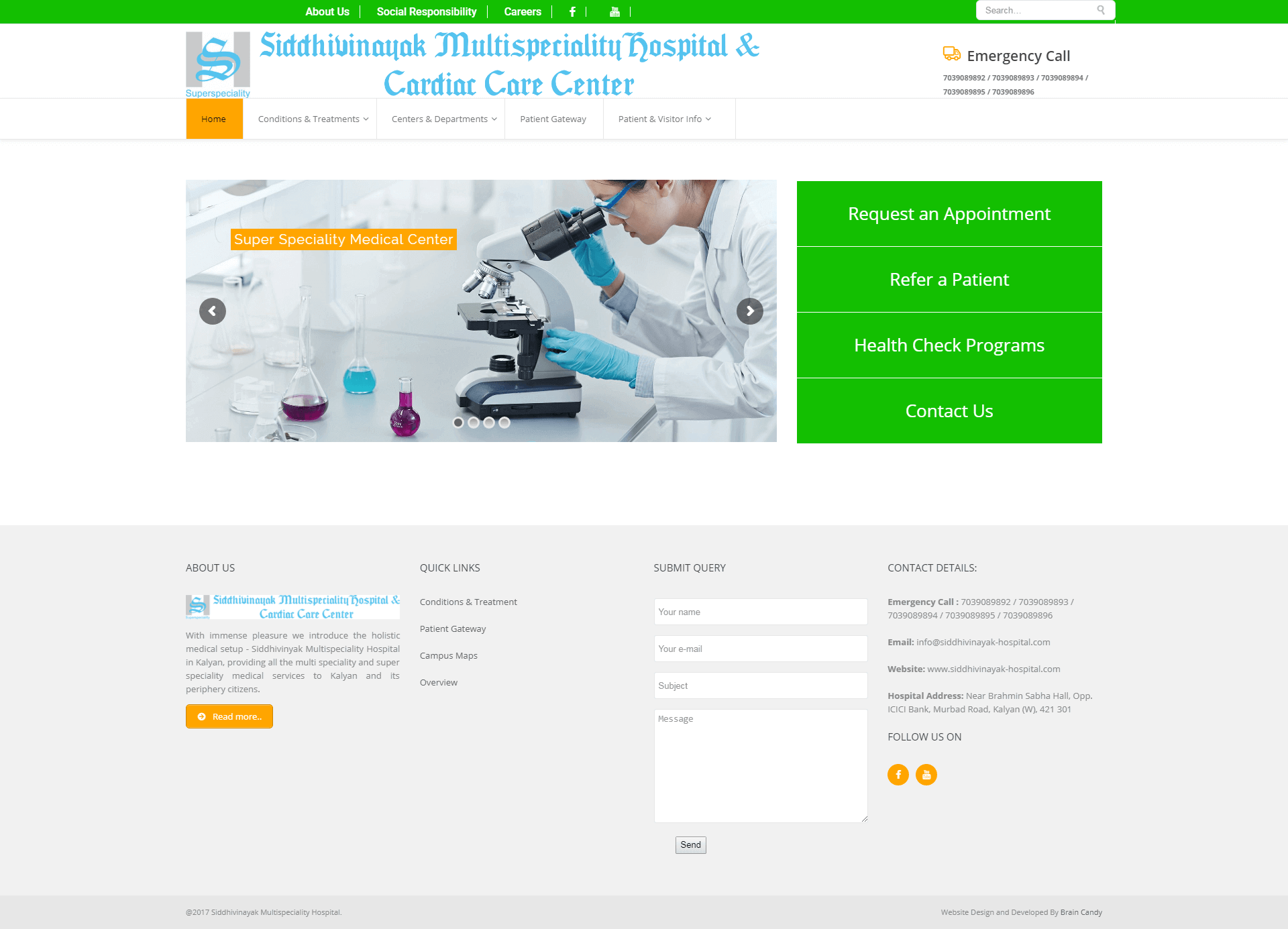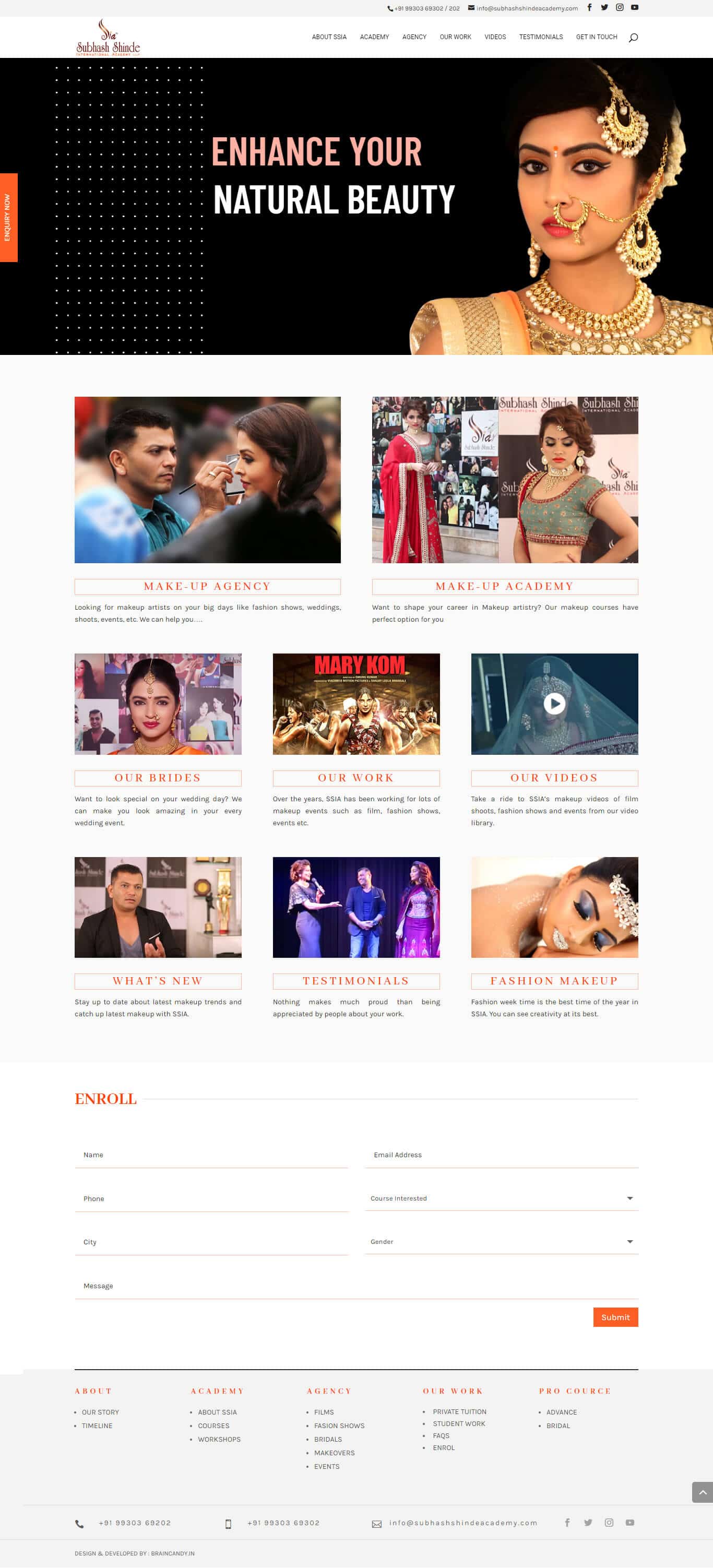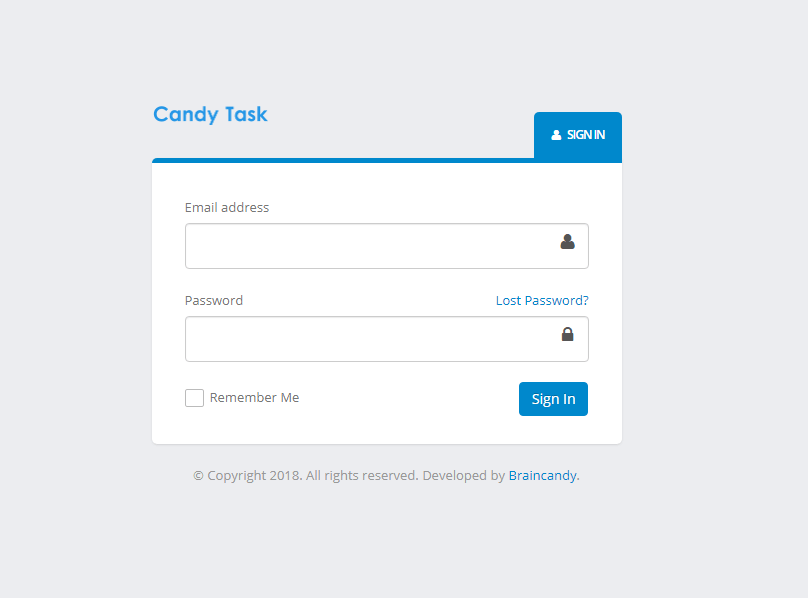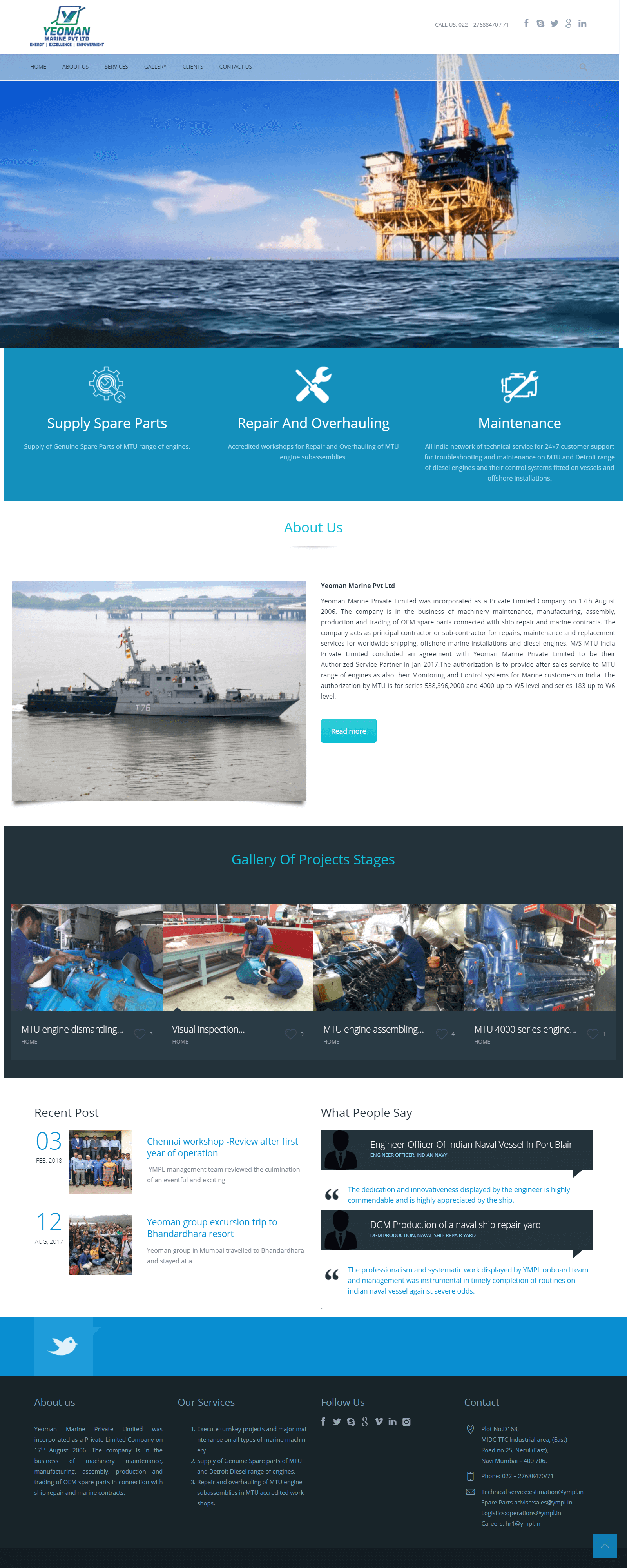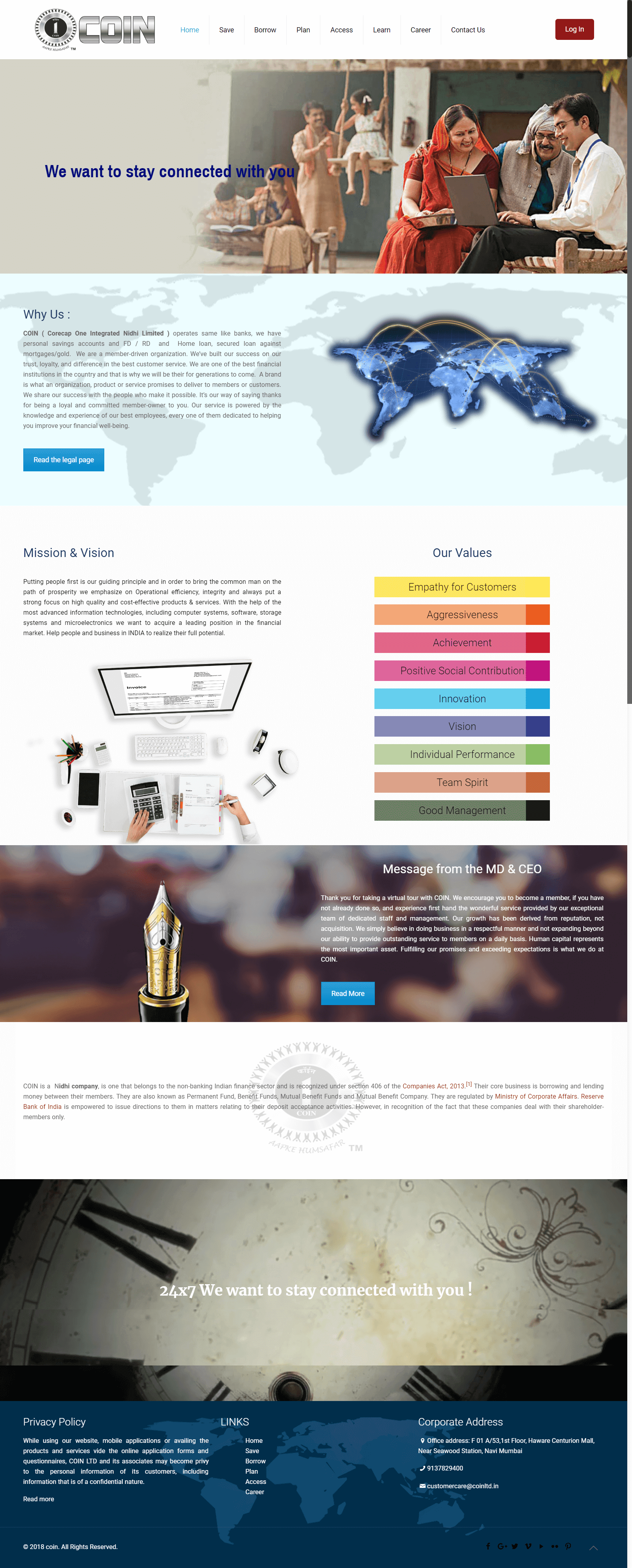- BY braincandy
- POSTED IN Digital Marketing
- WITH 0 COMMENTS
- PERMALINK
- STANDARD POST TYPE

Marketing involves the process of promoting, selling and distributing products or services to a group of people. It includes understanding what customers want and prefer creating offerings and effectively communicating the benefits of those offerings. Marketing encompasses activities like conducting market research developing products setting prices, advertising, building a brand image making sales and managing customer relationships.
The best approach, to marketing a product or service depends on factors such as the nature of the product or service itself the intended audience, current trends, in the industry and the resources available. However here are some fundamental principles and strategies that can help guide marketing efforts;
1. Gain an understanding of who your intended audience’s Conduct thorough market research to identify the demographics, preferences, behaviours and needs of your target audience. Tailor your marketing strategies to connect with their interests and provide solutions, for their challenges.
2. Craft a compelling value proposition; clearly communicate the benefits and value that your product or service offers in comparison to competitors. Your value proposition should address why customers should choose your offering over alternatives in the market.
3. Establish a brand identity; develop a brand that reflects your company’s values, personality and mission. Consistently convey this brand identity through messaging, visual elements and interactions with customers to build trust and credibility.
4. Select the marketing channels; choose the marketing channels that’re most effective in reaching your target audience. This may include a combination of channels like media, email marketing, search engine optimization (SEO) content marketing as well as offline channels such, as print advertisements, events and direct mail campaigns.
5. Produce engaging content: Provide valuable, well-researched information that draws in readers and adds value. Blog entries, films, infographics, case studies, and other user-generated content that enlightens, amuses, or motivates your audience can all fall under this category.
6. Make use of data and analytics: Track and evaluate the effectiveness of your marketing activities with the help of data analytics solutions. In order to maximise your strategy and manage resources efficiently, keep an eye on important indicators like conversion rates, cost per client acquisition, and return on investment (ROI).
7. Build relationships with customers: Invest your time and efforts in building long-lasting relationships with your consumers by providing excellent support, soliciting feedback, and providing individualised experiences. Positive word-of-mouth and customer recommendations can be powerful growth engines.
8. Stay innovative and adaptable: Monitor customer inclinations, industry trends, and competitor tactics to modify your marketing plan as needed. Stay ahead of the curve by being willing to experiment with new tactics and innovations in technology.
By following these ideas and strategies, companies may develop marketing campaigns that successfully engage their target market, boost engagement and sales, and ultimately aid in long-term success.
